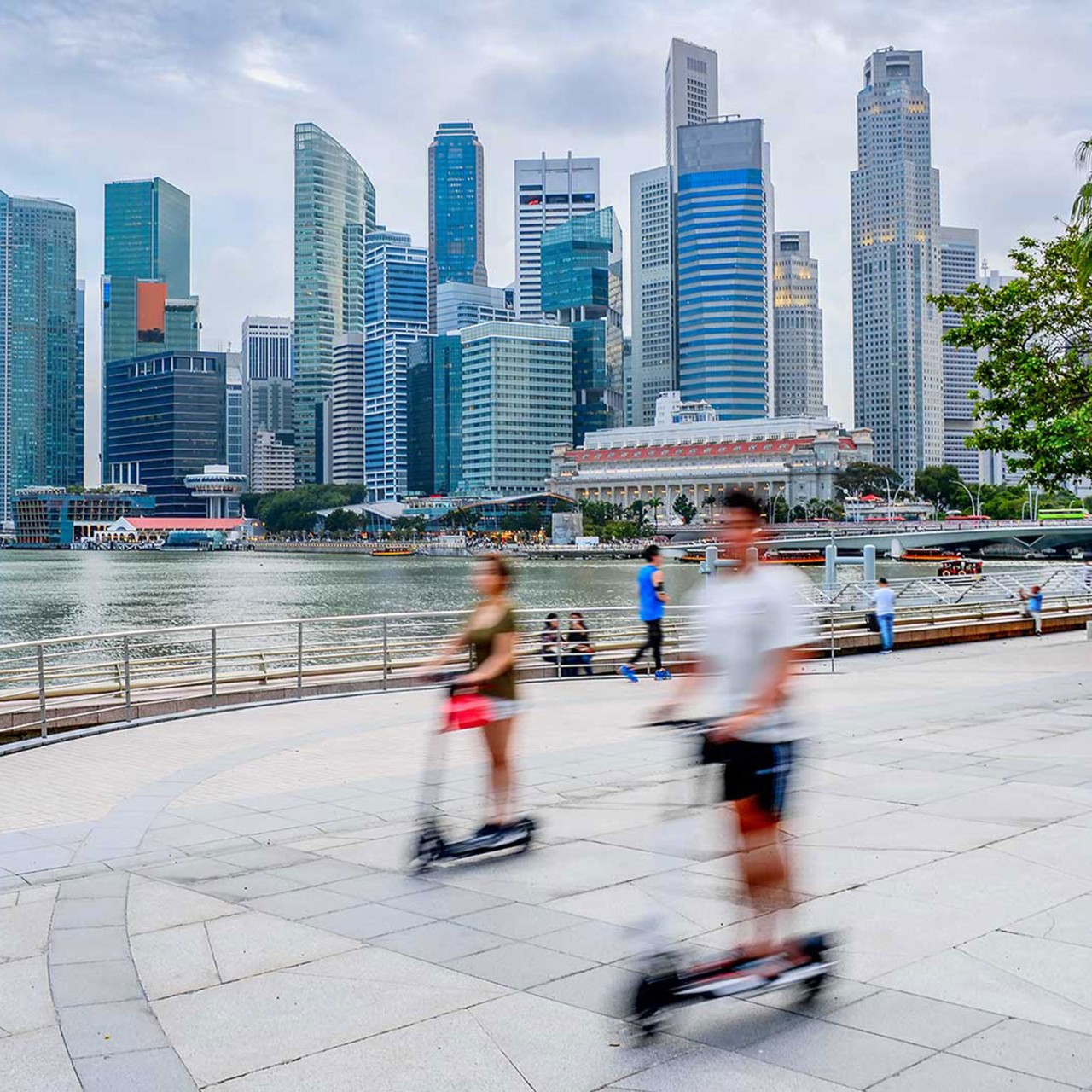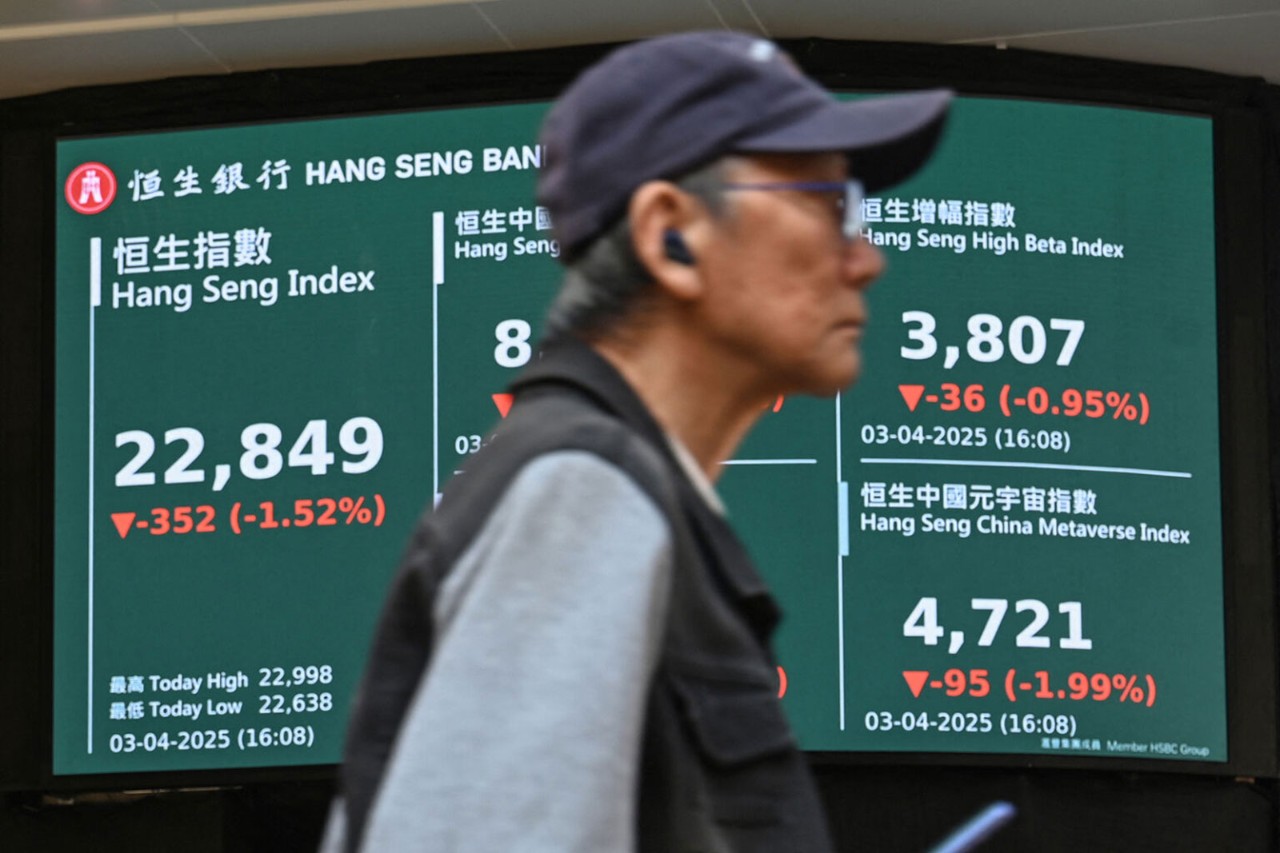
Trade is crucial for Asia’s developing economies. Their export-oriented models of economic development have prospered through the relatively open trade regime in place since the World Trade Organization was created. Exports play an important role even in countries such as India and Indonesia, which are relatively more domestically driven.
President Donald Trump’s reset of trade policy this month (followed by the announcement of a tariff pause) was a major shock. On average, Asian economies have suffered much larger tariff increases compared with their emerging economy peers elsewhere, with the exception of Singapore and the Philippines, so they will be hit a lot harder.
Even if negotiations bring down tariff rates from the levels that have been proposed, they are likely to remain substantially higher than before Trump’s presidency. The US president is a fervent believer that tariffs are essential to achieving his goals such as a reduced trade deficit, a revitalised manufacturing sector and tax cuts.
Asian nations are signalling that they are open to making concessions
Robust response
China has responded robustly, raising its own tariffs on American exports. However, other Asian nations have less bargaining clout. Far from retaliating, they are signalling to the US that they are open to making concessions in exchange for a reduced tariff rate.
This is why Vietnam’s leader To Lam was quick to call Trump and offer easier access to his country’s market. Indonesia is sending a delegation to the US to negotiate a trade deal. India is hoping that a deal that has been under discussion will result in lower tariffs. Thailand’s prime minister has also suggested that the country is ready to improve market access and step up purchases of US goods.
How much economies will slow will hinge on each country’s policy response
Much remains uncertain about the US’s tariff hikes. We do not know whether negotiations with trading partners could bring rates down for some countries. We cannot even begin to estimate the second-round effects that will come as the trade war between the US and China hits global economic growth. Other indirect effects include potential financial stresses resulting from the severe corrections in equity, currency and commodity markets that followed Trump’s announcement.
This great uncertainty alone will depress economic growth. For at least a few months, businesses everywhere will defer or downscale capital spending and hiring decisions – who would want to make major commitments when there is no clarity about key parameters? The uncertainty has already led to immediate cancellation of orders by American firms to exporters in countries such as Bangladesh; expect to see more of this.
How much economies will slow will hinge on each country’s policy response. China is likely to step up monetary and fiscal counter-measures to support growth. Nations like Singapore can use their massive fiscal reserves to bolster their economies. Expect central banks in most of Asia to cut policy rates once the currency markets stabilise, thus providing some relief to their economies.
Silver linings
Even with such support, economic activity this year in Asia will lose momentum. Against the original expectation of average regional growth rates of 4%-5%, economic expansion of 2%-3% is more likely, assuming that Asian nations succeed in negotiating down the tariff rates. If they fail to do so, growth could come down much more to a 0%-2% range.
Over time, more production will be relocated to Asian countries
There are some silver linings. Over time, assuming that tariff rates on China remain materially higher than those suffered by other Asian economies, more production will be relocated to Asian countries such as Vietnam, India, Malaysia, Thailand and Bangladesh. Dependence on the American market will be reduced by integrating more with likeminded nations that remain open to trade.
Shaken by the Trump tariff shock, policymakers who resisted necessary reforms will find they have no choice but to liberalise their economies. And, after a period of adjustment, developing Asian economies will regain their economic momentum.
More information
Visit ACCA’s tariff insights page for perspectives and resources.




